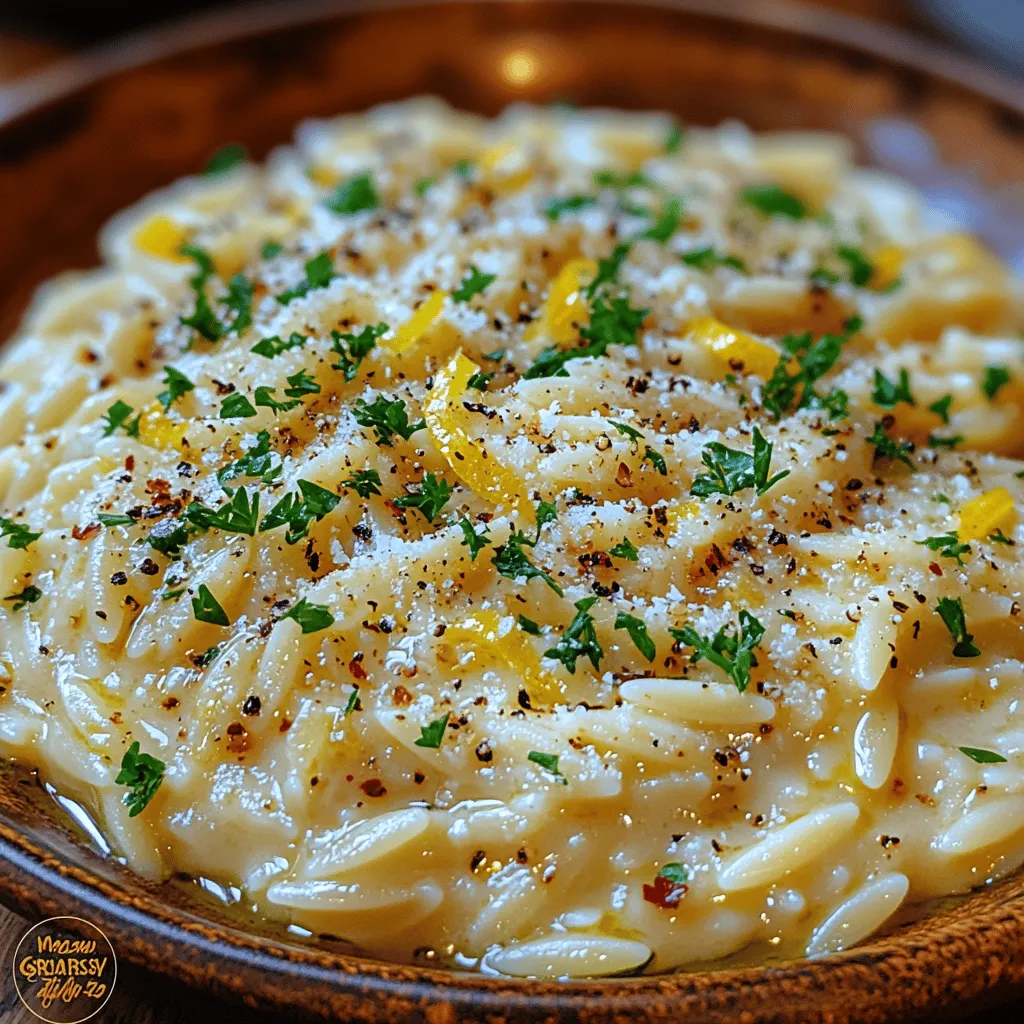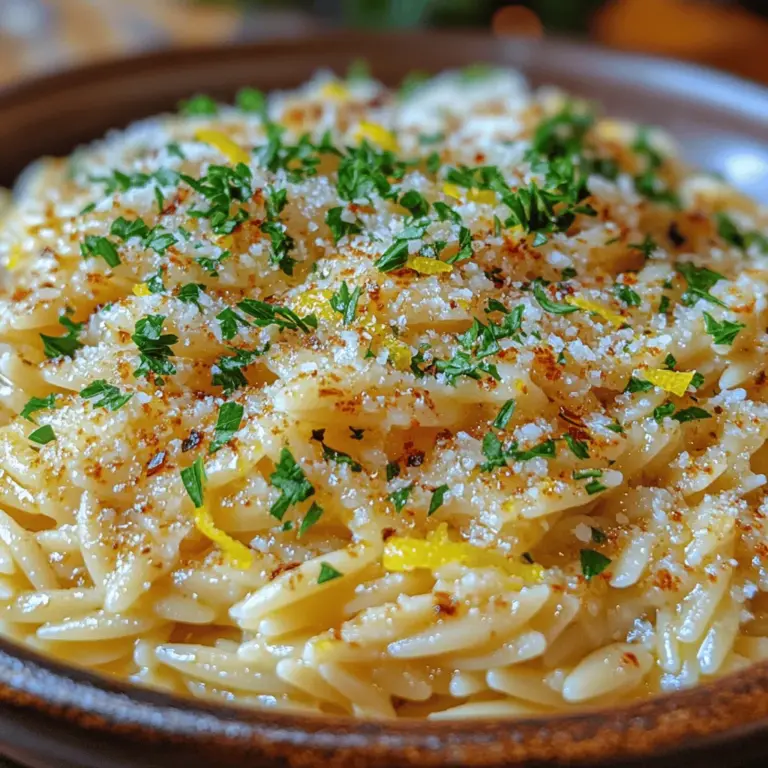Introduction
Beef Stroganoff is more than just a dish; it’s a warm embrace on a plate, a classic comfort food that has stood the test of time. Originating from Russia in the 19th century, this dish has traveled across continents and cultures, evolving into various forms but always retaining its essence—tender beef, earthy mushrooms, and a creamy sauce that comforts the soul. The allure of Beef Stroganoff lies in its harmonious blend of flavors and textures, making it a beloved meal for family gatherings, dinner parties, and cozy nights in.
What makes Beef Stroganoff particularly appealing is its rich history combined with its adaptability. While traditional recipes often call for specific ingredients, this dish can be tailored to fit personal tastes and dietary needs, making it accessible to home cooks of all skill levels. Whether you prefer a classic take or wish to incorporate modern twists, Beef Stroganoff can accommodate your culinary creativity. It is also a straightforward recipe that doesn’t require a lengthy list of obscure ingredients, allowing anyone to whip up this delightful dish with relative ease.
Understanding the Ingredients
Before diving into the cooking process, it’s essential to understand the key ingredients that bring Beef Stroganoff to life. Each component plays a crucial role in creating the dish’s signature flavor and texture.
Beef: Choosing the Best Cuts for Tenderness and Flavor
The star of Beef Stroganoff is undoubtedly the beef itself. For the best results, selecting the right cut is paramount. Tender cuts such as sirloin, tenderloin, or ribeye are ideal as they cook quickly and remain juicy. Sirloin is particularly popular due to its balanced flavor and tenderness, while tenderloin offers a melt-in-your-mouth experience. Avoid tougher cuts like chuck or round, as they require longer cooking times and may lead to a chewier texture.
Mushrooms: Varieties to Consider and Their Impact on Taste
Mushrooms are another essential ingredient in Beef Stroganoff, adding earthy depth and umami richness. Varieties such as cremini, button, or shiitake are popular choices. Cremini mushrooms, with their deeper flavor profile, can elevate the dish significantly. If you want to experiment, consider adding a mix of mushrooms for a more complex taste. Shiitake mushrooms, for instance, introduce a distinct flavor that can beautifully complement the beef. Regardless of the type you choose, ensure they are fresh and clean, as they will absorb and enhance the sauce’s flavors.
Onions and Garlic: The Flavor Base Essentials
Onions and garlic form the flavor base of this dish, contributing sweetness and aromatic depth. Yellow onions are commonly used due to their mild flavor, which caramelizes beautifully when sautéed. Garlic, on the other hand, adds a robust aroma that can elevate the overall profile of the Stroganoff. Utilize fresh garlic for the best flavor. When sautéed together, these ingredients create a fragrant foundation that enriches every bite.
Sour Cream: The Key to Creamy Richness
A hallmark feature of Beef Stroganoff is its creamy sauce, which is primarily achieved through sour cream. This ingredient adds a tangy richness that balances the savory elements of the dish. When incorporating sour cream, it’s crucial to allow it to come to room temperature before mixing it into the sauce to prevent curdling. For a lighter version, Greek yogurt can be used as a substitute, providing similar creaminess with added protein.
Optional Ingredients and Variations
While the core ingredients are essential, there’s room for creativity in Beef Stroganoff. You can enhance the dish with various herbs and spices. Fresh parsley is a common garnish that adds color and freshness, while thyme or dill can contribute an aromatic layer of flavor. Additionally, consider experimenting with different types of noodles or rice to serve alongside your Stroganoff. Egg noodles are traditional, but wide pasta, jasmine rice, or even mashed potatoes can serve as delightful alternatives.
Preparing the Beef Stroganoff
Now that we’ve explored the ingredients, it’s time to delve into the preparation process. Creating the perfect Beef Stroganoff involves a series of steps that ensure the beef remains tender and the sauce is rich and flavorful.
Step-by-Step Guide to Preparing the Beef
1. Select and Slice the Beef: Begin by choosing your preferred cut of beef. For optimal tenderness, slice the meat against the grain into thin strips. This technique breaks down the muscle fibers, resulting in a more tender bite.
2. Seasoning the Beef: Generously season the beef strips with salt and pepper before cooking. This initial seasoning enhances the flavor and forms a delicious crust when browned.
3. Browning the Beef: In a large skillet, heat a tablespoon of oil over medium-high heat. Add the beef in batches, ensuring not to overcrowd the pan. Browning the beef creates a rich flavor through the Maillard reaction, which is essential for a tasty Stroganoff. Cook the beef for about 2-3 minutes until browned but not fully cooked through, as it will continue to cook in the sauce later. Remove the beef from the skillet and set it aside.
Sautéing the Vegetables
With the beef cooked, it’s time to focus on the aromatic base of the Stroganoff.
1. Sautéing Onions: In the same skillet used for the beef, add a bit more oil if necessary and reduce the heat to medium. Add sliced onions and cook them for about 5-7 minutes until they are soft and translucent. The goal here is to caramelize the onions slightly, which will add a sweet depth to the dish.
2. Adding Garlic: Once the onions are ready, add minced garlic to the skillet. Sauté for an additional minute, just until fragrant, being careful not to burn it, as burnt garlic can impart a bitter flavor.
3. Cooking the Mushrooms: Next, add the sliced mushrooms to the skillet. Cook for about 5-7 minutes, stirring occasionally, until the mushrooms have released their moisture and are golden brown. This step is crucial, as it deepens the flavor profile of the dish.
Choosing the Right Mushrooms and How to Prepare Them
When preparing mushrooms for Beef Stroganoff, ensure they are clean and free of dirt. A damp paper towel can be used to wipe them down. Avoid rinsing them under water, as mushrooms absorb moisture and can become soggy. Cut them into even slices to ensure uniform cooking and texture.
The combination of sautéed onions, garlic, and mushrooms creates a fragrant base that will enhance the overall dish. As the vegetables cook, their natural sugars will caramelize, adding sweetness to balance the savory elements of the beef.
Creating the Sauce
With the beef and vegetables prepared, it’s time to craft the luscious sauce that defines Beef Stroganoff.
1. Deglazing the Pan: After the vegetables are sautéed, it’s essential to deglaze the pan. This step involves adding a splash of beef broth or white wine to the skillet, scraping up any browned bits stuck to the bottom. These bits are packed with flavor and will enrich the sauce.
2. Adding Broth and Simmering: Pour in the beef broth and bring the mixture to a gentle simmer. Allow it to reduce slightly for about 5 minutes, which concentrates the flavors.
3. Incorporating Sour Cream: Reduce the heat to low, and slowly stir in the sour cream, mixing until the sauce is smooth and creamy. Be sure to avoid boiling the sauce after adding the sour cream, as high heat can cause it to curdle.
4. Finishing Touches: Return the browned beef to the skillet and combine it with the sauce. Allow everything to cook together for an additional 5 minutes, ensuring the beef is heated through and coated in the creamy sauce.
As you prepare your Beef Stroganoff, the aroma will fill your kitchen, promising a hearty and satisfying meal. With each step carefully executed, you’ll be on your way to serving a classic dish that’s sure to impress family and friends alike.
Stay tuned for the continuation of this recipe, where we’ll explore serving suggestions, tips for the best results, and answers to common questions about Beef Stroganoff.

Tips for Deglazing the Pan and Capturing the Beef Flavors
Deglazing is an essential technique that enhances the depth of flavor in your Zesty Lemon Garlic Orzo Delight. After searing the beef, you’ll notice browned bits stuck to the bottom of your pan—this is where the magic happens. To deglaze effectively, follow these steps:
1. Choose Your Liquid Wisely: Using a flavorful liquid, such as broth or white wine, can significantly enhance the taste of your dish. For this recipe, chicken or vegetable broth works wonderfully, as it complements the lemon and garlic.
2. Heat the Pan: After removing the beef, return the pan to medium-high heat and add your chosen liquid. Be sure to scrape the bottom of the pan with a wooden spoon or spatula to loosen those flavorful bits.
3. Allow Reduction: Let the liquid simmer for a few minutes until it reduces slightly, concentrating the flavors. This step is crucial for ensuring that the deliciousness of the beef is incorporated into the sauce.
4. Combine with the Sauce: Once the liquid has reduced, you can mix it into your sauce, enhancing its richness and ensuring that every bite of your dish is packed with flavor.
Balancing Flavors: Achieving the Right Acidity and Creaminess
The harmony of flavors in your orzo dish comes from the balance of acidity and creaminess. Here’s how to achieve that perfect blend:
1. Incorporate Fresh Lemon Juice: The zest of the lemon adds a fragrant aroma, while the juice provides a tangy kick. Start with the juice of half a lemon, and adjust according to your taste preferences. This acidity cuts through the richness of the sauce, ensuring it doesn’t become overwhelming.
2. Adding Creaminess: To create a luscious texture, incorporating sour cream is ideal. It adds a delightful creaminess that complements the zing of the lemon. When you add sour cream, it’s essential to do so gradually to prevent any potential curdling.
Incorporating the Sour Cream
The addition of sour cream is a key step in making your Zesty Lemon Garlic Orzo Delight truly scrumptious. Here’s how to do it correctly:
1. Temper the Sour Cream: Before adding it directly to the hot sauce, temper the sour cream by mixing it with a small amount of the warm sauce in a separate bowl. This step helps to gradually raise the temperature of the sour cream, reducing the risk of curdling.
2. Stir Gently: Once tempered, gently fold the sour cream mixture back into the sauce, ensuring it combines smoothly without any lumps. This will give you a velvety texture that coats the orzo beautifully.
Techniques to Prevent Curdling and Ensure a Smooth Texture
Curdling can be a concern when working with dairy-based ingredients in hot dishes. To avoid this, consider these techniques:
1. Temperature Control: Keep the heat at medium or lower when adding sour cream. High heat can cause the proteins in the dairy to seize up and curdle.
2. Use Full-Fat Sour Cream: Opt for full-fat sour cream rather than low-fat versions, as they are less likely to curdle due to their higher fat content.
3. Stir Continuously: Once the sour cream is added to the sauce, stir continuously until fully incorporated. This movement helps to distribute the heat evenly and prevents hot spots that can cause curdling.
Cooking the Noodles or Rice
Choosing the right base for your Zesty Lemon Garlic Orzo Delight is crucial for achieving the desired texture and flavor. Here’s how to make the best choice and prepare your pasta or rice:
Choosing the Right Pasta or Rice
1. Orzo: This rice-shaped pasta is an excellent choice for this dish, as it absorbs flavors well and adds a delightful chewiness.
2. Egg Noodles: If you prefer a heartier option, egg noodles are a classic choice for creamy dishes. They provide a comforting base that pairs nicely with the sauce.
3. Pappardelle: For those who enjoy broader noodles, pappardelle can add a unique twist. Their wide surface area allows for more sauce adherence.
4. Rice Options: If you want a gluten-free option, consider using jasmine or basmati rice. Both types offer distinct flavors that can elevate your dish.
Cooking Tips to Ensure Perfectly Al Dente Noodles or Fluffy Rice
1. Salt Your Water: Always add salt to your boiling water before cooking pasta or rice. This step enhances flavor and ensures your base is well-seasoned.
2. Follow Cooking Times: Refer to the package instructions for cooking times, but check for doneness a minute or two earlier for pasta. For rice, ensure the water is fully absorbed and the grains are fluffy.
3. Reserve Pasta Water: If you’re using pasta, reserve a cup of the cooking water before draining. This starchy water can be added back to the sauce if it needs thinning, helping to create a cohesive texture.
Combining the Elements
Once your orzo (or chosen base) is cooked, it’s time to bring all the components together for a beautiful and cohesive dish:
1. Mixing: In a large bowl, combine your cooked orzo with the sauce. Gently fold the pasta into the sauce, ensuring every piece is well-coated. If using rice, follow the same process.
2. Adjusting Consistency: If the mixture appears too thick, add a splash of reserved pasta water or broth until you reach your desired consistency.
Serving Suggestions
Presentation can elevate your dish from delicious to extraordinary. Here’s how to plate your Zesty Lemon Garlic Orzo Delight for maximum visual appeal:
1. Plating Techniques: Use a large serving bowl or individual plates, and create a small well in the center of the orzo. This technique allows you to showcase the sauce beautifully.
2. Garnishing Options: Fresh herbs like parsley or dill can add a pop of color and flavor. A sprinkle of paprika can also enhance the visual appeal while contributing a mild warmth.
3. Pairing with Sides: To round out your meal, consider serving your dish with complementary side dishes. Steamed vegetables like asparagus or broccoli add both color and nutrition, while a crisp green salad provides a refreshing contrast.
Storing and Reheating Leftovers
If you find yourself with leftovers, don’t worry; they can be stored and reheated with ease:
1. Best Practices for Storing: Allow the dish to cool completely before transferring it to an airtight container. This helps maintain freshness and prevents moisture buildup.
2. Refrigeration and Freezing: The Zesty Lemon Garlic Orzo Delight can be refrigerated for up to three days or frozen for up to three months. When freezing, consider portioning the dish for easier reheating.
3. Reheating Methods: To reheat, gently warm the dish on the stovetop over low heat, adding a splash of broth or water to loosen the sauce as necessary. Alternatively, use a microwave, covering the dish to retain moisture, and heat in short intervals, stirring in between.
Conclusion
The Zesty Lemon Garlic Orzo Delight is a comforting dish that marries the richness of beef with the bright flavors of lemon and garlic. The careful balance of acidity and creaminess creates a delightful experience for the palate. Its versatility allows for customization, whether you stick with the classic recipe or explore variations to suit your taste.
This dish is perfect for sharing with loved ones, bringing warmth to your dinner table, and creating lasting memories. As you prepare this recipe, feel free to experiment with different ingredients or sides, making it uniquely yours. Enjoy the process, and savor every delicious bite!

